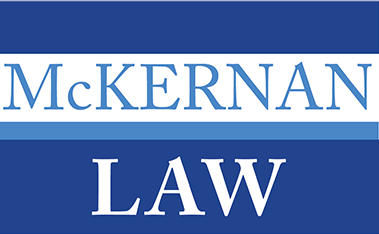The Pros and Cons of 4 Types of Home Insurance
Actual Cash Value
What it is: This type of home insurance policy has a hard dollar limit—$300,000, for example—and payouts may be based on the depreciated value of a structure, not its value when new.
Pros: It's entry-level home insurance at a more affordable price, allowing homeowners who aren't wealthy to insure a home and to satisfy a mortgage company's insurance requirements.
Cons: Actual cash value policies may not cover the full cost of replacing or repairing a home.
Here's why…
Your policy has a deductible.
Payouts can factor in depreciation.
Replacement Value (or Replacement Cost)
What it is: Replacement cost—also called replacement value—coverage uses a different way to calculate reimbursement for a claim.
Pros: There's no depreciation to worry about. If your policy amount is $300,000, your payout will be $300,000 if your claim is fully covered. A replacement value policy offers a better chance of rebuilding or replacing your home. It's often used by homeowners who want to be able to rebuild and replace their home and belongings with a similar kind and quality.
Cons: Replacement policies are more expensive than actual cash value insurance. Even so, your payout may not be enough to rebuild or replace a home in today's environment. That's because your policy limit—$300,000 in our example—is the most you'll receive.
Extended Replacement Cost
What it is: Just as it sounds, extended replacement cost is a type of insurance that extends your compensation beyond a policy's limit if necessary.
Pros: Extended replacement cost is especially valuable for homeowners living in areas where catastrophe risk—a wildfire, for example—is a possibility.
Cons: Higher premiums are a drawback to this type of replacement cost insurance. What's more, high costs of reconstruction could surge even beyond the extended limits of this policy.
Guaranteed Replacement Cost
What it is: This deluxe homeowners policy covers the full cost, even over and above a policy's limit or percentage extension, to repair or replace your damaged or destroyed home.
Pros: You can sleep like a baby at night, knowing that if you need it, there is no limit on the potential compensation from home insurance.
Cons: The downside of a policy with no percentage limits on what it repays is that, of course, it's likely to be a good deal more costly than other homeowners insurance policies.
This document is designed for general information only. The information presented in this document should not be construed to be formal legal or tax advice nor the formation of a lawyer/client relationship.
For more information on this and other topics, please contact Kevin via any of the channels listed below:
📧 kevin@kmckernan.com | 📞 718-317-5007
